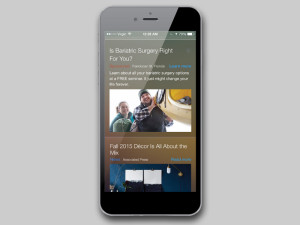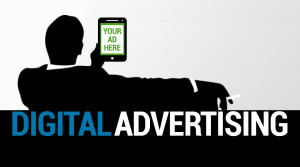You may have heard the quote…John Wanamaker famously and humorously stated, “Half my advertising is wasted, I don’t know which half.” This quote is over a century old, but still resonates today.
Ask any CFO or accountant and they will tell you that marketing is an expense. It’s one of those line items that can be easily cut when times are tough and sales are slow.
Ask any CEO or business owner and they will tell you that marketing is an investment. It’s the last thing to cut in tough times
So who is right? It’s an age-old debate that in the digital age is becoming much easier to discern.
If you sell products online, you can measure and monetize your digital marketing effort with sales. “Click, order and ship” makes tracking dollars-spent to dollars-made any easy calculation. Few bean counters will argue that point. Package the promotion of any product or service with discounts offers or online support and the direct revenue typically increases by severalfold.
Under these scenarios, a performance-based contract with your agency is a wise investment. Setting performance benchmarks and establishing incentives for sales revenue is a recipe for success. Most marketing professionals live for this opportunity to show their stuff and prove their worth to you, your business and especially, to your CFO.
The same can be said for direct marketing that gives customers a direct response path like a special offer, coupon or loyalty card. That way the process for tracking and measuring performance and ROI is baked in the souffle.

However, trying to apply the same contractual approach across all your marketing efforts is where the souffle falls flat.
When you move beyond direct response advertising, the marketing and sales channels are more complex, less manageable and harder to track revenue performance. Too many cooks in the kitchen…sales coverage and response time, closing skills, product quality, customer satisfaction and pricing complicate the meal and ultimately, the entire deal.
Who gets credit for new revenue is less clear. Tracking it back to a single mailer, radio spot, native ad, online video or display ad is less valid. So unless you want to give your agency control of all four P’s, (product, place, promotion, price), then you can’t give all the credit or all the blame for your revenue performance to one source.
Here is where…CTR, organic search rankings, leads, lead quality, online engagements and impressions become the end game for your agency. Business owners and marketing managers should hold their agencies to these key performance benchmarks and indicators. These metrics are known to have an impact your market awareness, brand value and ultimately, to revenue performance.
No company and no brand can afford to be altruistic without producing return on investment.
So if you’re not tracking and holding your agency accountable to clear objectives and metrics, then John Wanamaker is right and your CFO will continue to win this argument.










